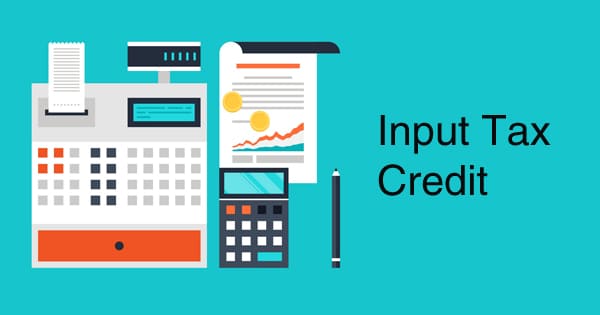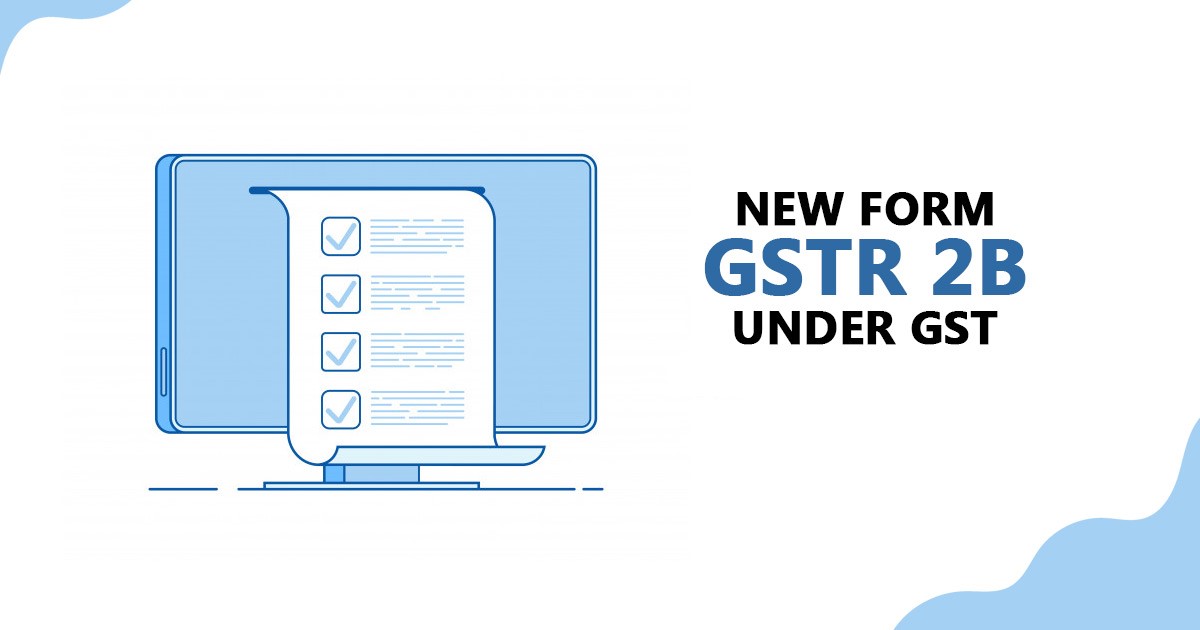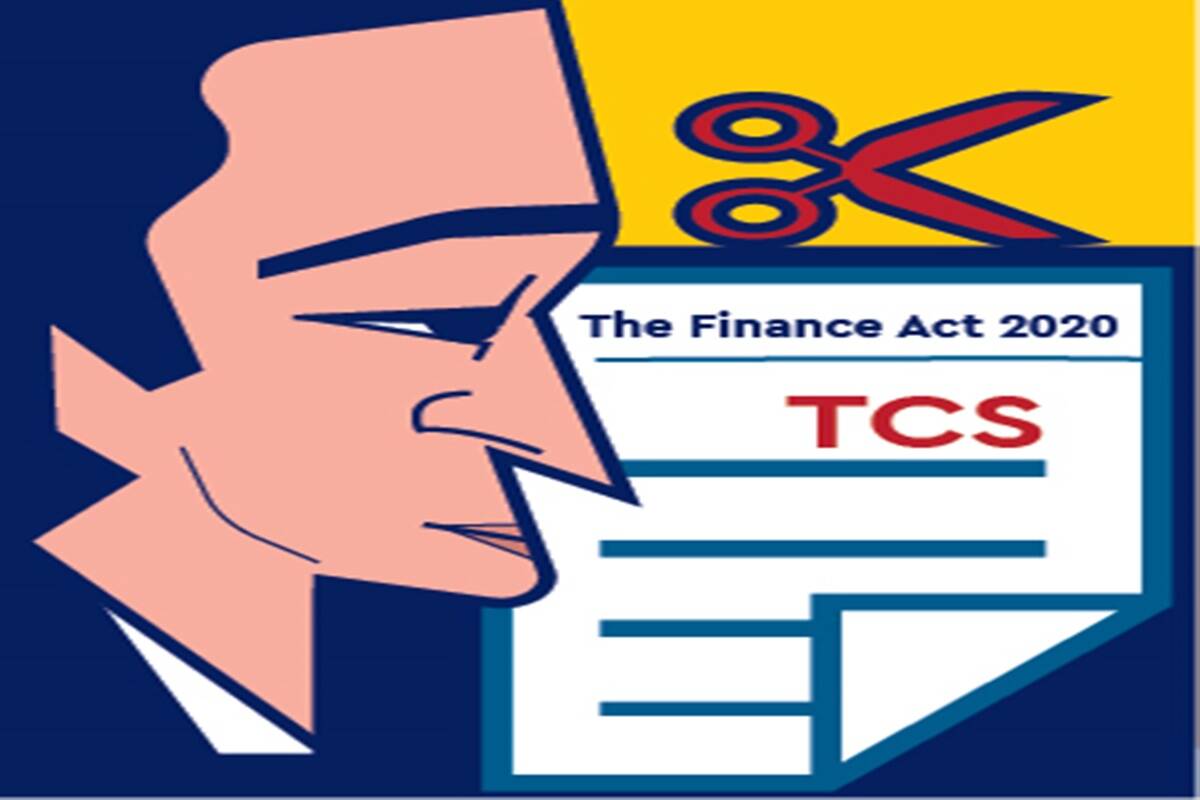1. Introduction:
In order to nudge taxpayers to timely file their statement of outward supplies (GSTR-1), restrictions on availing of input tax credit (ITC) by the recipients was imposed by inserting Rule 36(4) of the CGST Rules,2017 vide Notification No. 49/2019 Central Tax, dated 09-10-2019 and later amended vide Notification No. 75/2019 – Central Tax 26-12-2019.
This Rule has recently been amended vide Notification No. 94/2020-Central Tax dated 22-12-2020 whereby the percentage of provisional credit to the eligible credit that can be availed has further been reduced.
In this article we will discuss about the statutory provisions and also try to understand the impact due to reduction in limit of provisional credit.
2. Statutory Provisions (Rule 36(4))
Before proceeding ahead let’s first peruse the restriction as originally inserted by Rule 36(4). For ready reference the sub-rule in CGST Rules, 2017, is reproduced as below:-
“(4) Input tax credit to be availed by a registered person in respect of invoices or debit notes, the details of which have not been uploaded by the suppliers under sub-section (1) of section 37, shall not exceed 20 per cent. of the eligible credit available in respect of invoices or debit notes the details of which have been uploaded by the suppliers under sub-section (1) of section 37.”
In simple words, the input tax credit availed by a registered person shall comprise of eligible credit as uploaded by supplier in its GSTR 1 (statement of outward supply) which is then auto populated in the GSTR 2A / GSTR 2B of the recipient. Further in regard to invoices not uploaded by suppliers and thus not reflected in GSTR 2A / GSTR 2B of the recipient, such recipient can at maximum avail input tax credit upto 20% of eligible credit as uploaded by supplier . Needless to mention here that we are discussing about invoices of B2B supplies here, as anyways B2C supplies are made to ultimate consumers which being not GST registered are not eligible to take input tax credit.
2.1 Reduction of 20% limit to 10% (effective from 1st January,2020)
Vide Notification No. 75/2019 – Central Tax 26-12-2019 amendment was carried out in the Rule 36(4) whereby for the figures and words “20 per cent.”, the figures and words “10 per cent.” were substituted.
2.2 Reduction of 10% limit to 5% and recognizing of IFF facility (effective from 1st January,2021)
Vide Notification No. 94/2020-Central Tax dated 22-12-2020 amendment was carried out in the Rule 36(4) whereby for the figures and words “10 per cent.”, the figures and words “5 per cent.” were substituted. Further in view of the QRMP Scheme being implemented from 1st January, 2021 recognition to IFF facility besides GSTR-1 has been provided in the Rule. Also the expression ‘uploaded’ used in Rule 36(4) has been replaced with expression ‘furnished’.
Accordingly from the month of January, 2021 total ITC that can be claimed in GSTR-3B is 105% of the eligible ITC appearing in the GSTR-2B or total eligible credit as per books, whichever is lower. It may be noted that GSTR-2B is an auto drafted ITC statement generated on 12th of next month.
2.3 Text of amended Rule 36(4)
The text of Rule 36(4) of the CGST Rules, 2017 as effective from 1st January, 2021 is as under:
“(4) Input tax credit to be availed by a registered person in respect of invoices or debit notes, the details of which have not been furnished by the suppliers under sub-section (1) of section 37 in GSTR-1 or using IFF, shall not exceed 5 per cent. of the eligible credit available in respect of invoices or debit notes the details of which have been furnished by the suppliers under sub-section (1) of section 37.”
3. Points to be kept into mind while computing the restricted credit
Important points in regard to operation of above restriction are as under:-
Calculation based upon invoices eligible for credit
Calculation of restricted credit as % of eligible credit. Accordingly, those invoices on which ITC is not available under any of the provision (say under section 17(5)) would not be considered for calculating the restricted credit even if same is appearing in GSTR-2B.
Restriction applicable on which invoices / debit notes
Restriction @ 20% applicable on the invoices / debit notes on which credit is availed after 09-10-2019 (no restriction of ITC prior to said date). Further restriction of 10% and 5% will apply on the invoices / debit notes on which credit is availed on or after 01-01-2020 and 01-01-2021 respectively.
On which invoices / debit notes restriction would apply
The restriction of availment of ITC is imposed only in respect of those invoices / debit notes, details of which are required to be uploaded by the suppliers under section 37(1) and which have not been uploaded. Therefore, taxpayers may avail full ITC in respect of IGST paid on import, documents issued under RCM, credit received from ISD etc. which are outside the ambit of section 37(1), provided that other eligibility conditions for availment of ITC are met in respect of the same.
Restriction is to be calculated supplier wise or on consolidated basis
The restriction imposed is not supplier wise and thus is on consolidated basis. The credit available under Rule 36(4) is linked to total eligible credit from all suppliers against all supplies whose details have been uploaded by the suppliers.
Restriction to be derived from GSTR 2B for each month
The taxpayer is required to obtain GSTR-2B (auto drafted ITC Statement) from the GST portal on 12th of next month. Accordingly while filing of GSTR 3B say for the month of January,2021, the registered person shall calculate the ITC restriction on the basis of GSTR 2B as auto populated as on 12-02-2021.
It may be noted that earlier the restriction under Rule 36(4) was computed using GSTR-2A generated on 11th of next month, wherein difficulties were faced by taxpayers as such statement was dynamic in nature but GSTR-2B being static in nature the reconciliation of ITC has become easier for taxpayers.
Availing of restricted ITC in subsequent months
The balance ITC may be claimed by the taxpayer in any of the succeeding months provided details of requisite invoices are uploaded by the suppliers. He can claim proportionate ITC as and when details of some invoices are uploaded by the suppliers provided that credit on invoices, the details of which are not uploaded (section 37(1)) remains under 20% / 10% / 5% of the eligible input tax credit, the details of which are uploaded by the suppliers.
The taxpayer may avail full ITC in respect of a tax period, as and when the invoices are uploaded by the suppliers to the extent. However it should be ensured that credit availed should not exceed total eligible credit.
4. How to compute ITC to be availed after applying Rule 36(4)
Let’s understand computing the ITC to be availed after applying Rule 36(4) with help of an example of availing of ITC in GSTR-3B in the month of January, 2021. The impact of Rule 36(4) can also be gauged by the example:
(Amount in Rs)
| Sl No | Particulars | In case Rule 36(4) was not enacted | After applying Rule 36(4) |
| A | Eligible ITC* available as per Books of Accounts for January, 2021 | 1,00,000 | 1,00,000 |
| B | Eligible ITC** available in the GSTR-2B of January, 2021 | 70,000 | 70,000 |
| C | ITC that can be claimed on provisional basis | 30,000 | 3,500 (70,000*5%) |
| D=B+C | Total ITC that can be claimed in the GSTR-3B | 1,00,000 | 73,500 |
| E=A-D | ITC not allowed in the GSTR-3B of January 2021 (Impact of Rule 36(4)) | Nil | 26,500 |
*Eligible ITC as per books refers to the credit of invoices which have been recorded in the books, which can be availed as per GST law i.e. such credit is related to any expense incurred for business purposes or for taxable supply of goods or services or both. It would also exclude the blocked credits covered under Section 17(5) of the CGST Act.
** The GSTR-2B would bifurcate credit into eligible and ineligible. However still GSTR-2B could contain ineligible ITC reflecting that relates to expenses such as food, club memberships, personal expenditure, etc or even ITC mistakenly reflecting due to the wrong GSTIN entered by a supplier. Hence, only eligible ITC should be considered by tax payer while calculating the limit for 5% provisional credit.
Lets understand how eligible credit is computed with help of an example:
Table 1: Computation of Eligible ITC as per Books of Accounts
(Amount in Rs)
| A | Total ITC appearing in the books for Jan 2021 | 1,20,000 |
| B | ITC relating to non-business / private purposes (Ineligible) | 10,000 |
| C | Blocked credit under Section 17(5) (Ineligible) | 10,000 |
| D=A-B-C | ITC relating to business purposes for Jan 2021 (eligible ITC that can be availed as per books for Jan, 2021 | 1,00,000 |
Table 2: Computation of Eligible ITC to be availed in GSTR-3B as per Rule 36(4) after considering GSTR-2B
| A | ITC appearing in the GSTR-2B for Jan 2021 | 80,000 |
| B | ITC relating to non-business / private purposes (Ineligible) | 8,000 |
| B= A-B | ITC relating to business purposes* for Jan 2021 (eligible ITC that can be claimed in GSTR-3B for January, 2021 | 72,000 |
| A (Table 1) – A (Table 2) | Total ITC difference (between the books and the GSTR-2B) not reflecting in the GSTR-2B for Jan 2021 | 40,000 (1,20,000-80,000) |
| D (Table 1) – D (Table 2) | Eligible ITC difference (between the books and the GSTR-2B) not reflecting in the GSTR-2B for Jan 2021 | 28,000 (Rs.1,00,000-Rs.72,000) |
In absence of Rule 36(4) of the CGST Rules, the taxpayer could have claimed the entire Rs.28,000 (Rs.1,00,000 – Rs.72,000) as provisional credit. However upon notification of Rule 36(4) and reduction of provisional credit limit to 5% of eligible credit, such taxpayer can avail ITC of only Rs.3,600 (Rs.72,000*5%) in his GSTR-3B of January 2021 thus impacting taxpayer by Rs 24,400 ( Rs 28,000 – Rs 3600) .
5. When can the balance ITC be claimed?
The balance ITC that has not been claimed as provisional ITC due to restriction laid down by Rule 36(4) can be claimed in the succeeding months once details have been actually uploaded by the suppliers and amount is reflected in GSTR-2B of the subsequent months . If a supplier has only uploaded part of the pending invoices in a later period, the taxpayer will be able to claim ITC only proportional up to 5% of these pending invoices uploaded.
Let us understand how provisional ITC is calculated in a later tax period with help of following Example:
(Amount in Rs)
Computation of Provisional ITC on Pending Invoices of January 2021 uploaded in February, 2021
| Sl. No. | Particulars | Case I | Case II |
| A | Provisional ITC claimed in Jan, 2021 (as per example given above) | 3,500 | 3,500 |
| B | Provisional ITC of Jan , 2021 remaining to be claimed (as per the example above) | 26,500 | 26,500 |
| C | Eligible ITC uploaded by suppliers (for month of Jan, 2021) in the month of Feb 2021 | 20,000 | 26,500 |
| D=C*5% | Provisional ITC which can be claimed for the month of Feb 2021 | 1,000 (20,000*5%) | NIL* |
| E=C+D | Total ITC that can be claimed in Feb 2021 (ITC reported by suppliers + provisional ITC) | 21,000 | 26,500* |
| F=B-E | Balance eligible ITC of Jan, 2021 still not allowed in Feb 2021 | 5,500 | Nil |
*Provisional ITC cannot exceed the total eligible ITC available. As the total eligible ITC available is Rs.1,00,000 and Rs.73,500 had already been claimed in the month of Jan 2021, accordingly only the balance Rs.26,500 can be claimed in GSTR-3B of February, 2021.
6. Concluding Remarks
The implementation of Rule 36(4) and further reduction of provisional ITC limit, impact’s a company’s working capital in case its suppliers are not uploading their GSTR-1 on a timely basis, thus businesses will need to invest additional time in reconciling the ITC and managing their accounts payables more effectively. Frequent following-up with vendors to file their pending returns needs to be managed.
It us suggested that a taxpayer could benefit by setting up an automated system of invoice tracking, with an in-built communication link with his vendors/suppliers. This will save effort, time and money in the long run.
Also Read: Changes in GST law applicable from January 1, 2021 we should know
***
Read quality articles on GST authored by national level experts on the one and only exclusive GST portal CLICK HERE
***
Subscribe our portal and get FREE GST e-books , articles and updates on your e-mail.
Resolve your GST queries from national level experts on GST free of cost.
Frah Saeed is a law graduate specializing in the core field of indirect taxes and is the Co-founder of taxwallah.com. She has authored many publications on GST and is into full-time consultancy on GST to big corporates. She as a part of taxwallah.com heads a team comprising of Chartered Accountants and Advocates and plays a key role in our mission to disseminate GST knowledge to all.




